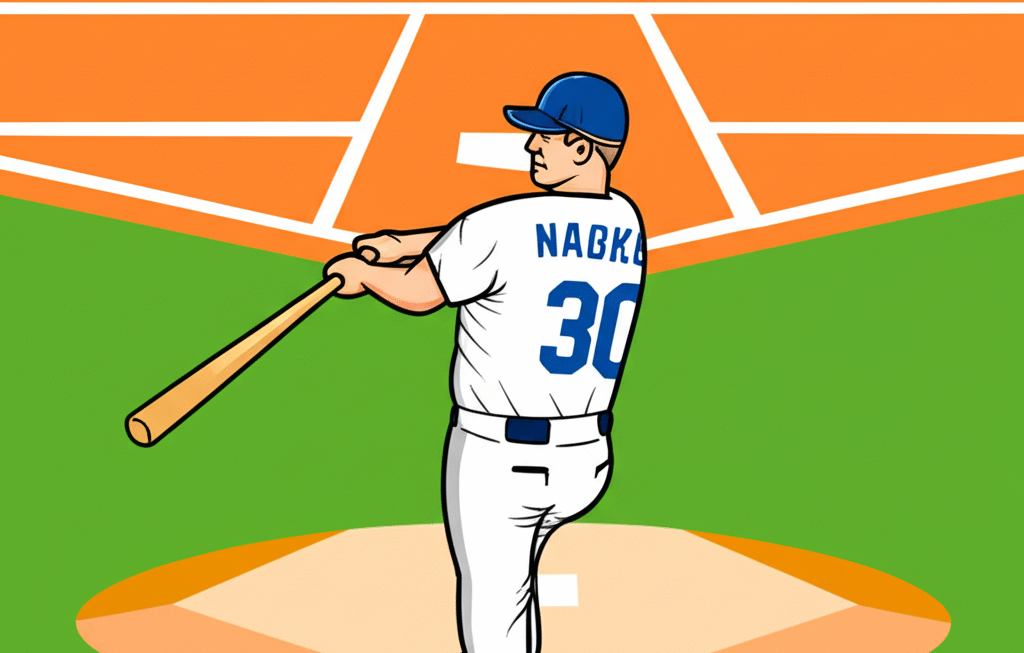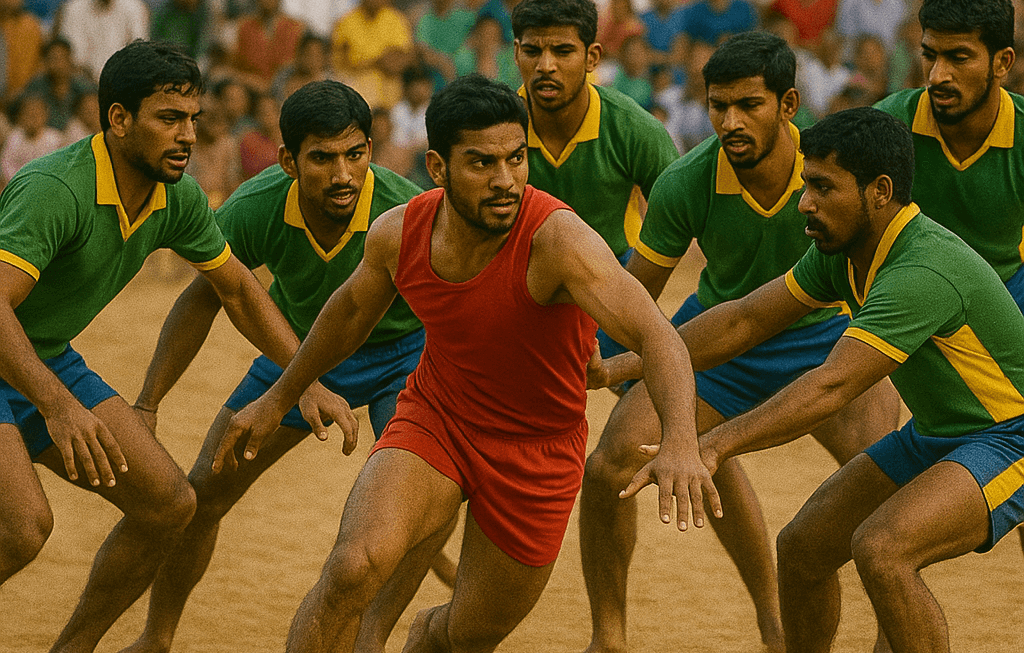Don Larsen woke up hungover on October 8, 1956. The night before Game 5 of the World Series, he’d been out drinking until 4 AM, stumbling back to his hotel room with zero expectation that he’d even start the next day. Eight hours later, he threw the only perfect game in World Series history, retiring all 27 Brooklyn Dodgers batters in sequence while nursing the mother of all headaches. Sometimes greatness emerges from the most unlikely circumstances.
That’s the beautiful madness of legendary pitching performances — they arrive unannounced, unfold in real-time, and leave permanent impressions on everyone lucky enough to witness them. These aren’t just statistical anomalies or career highlights. They’re cultural earthquakes that reshape how we understand what’s possible when human talent collides with perfect timing and inexplicable magic.
When gods walked the mound — performances that transcended baseball
Certain pitching performances become larger than the games themselves, transforming into cultural touchstones that define entire generations of fans. These moments don’t just showcase athletic excellence — they capture something ineffable about human potential and competitive spirit that resonates far beyond baseball diamonds.
Kerry Wood’s 20-strikeout game on May 6, 1998, wasn’t just about breaking records. It was about a 20-year-old kid from Texas throwing a baseball so hard and with such devastating movement that major league hitters — the best in the world — looked helpless. The Cubs’ Wrigley Field crowd sensed they were witnessing history with each successive strikeout, creating an atmosphere that veteran players described as electric beyond anything they’d experienced.
These transcendent performances share common elements: perfect execution under maximum pressure, crowd recognition of witnessing something special, and lasting impact that influences how future generations understand pitching excellence. They become measuring sticks against which all subsequent performances are judged.
The psychological component of legendary pitching performances often gets overlooked. When a pitcher realizes they’re throwing a no-hitter or perfect game, they must navigate intense mental pressure while maintaining the physical precision that got them to that point. The greatest performers embrace this pressure rather than succumb to it.
The zone phenomenon
Legendary pitchers describe entering mental states where everything slows down, batters’ intentions become predictable, and their own body moves with unconscious precision. This “zone” experience represents peak human performance in its purest form, combining physical skill with mental clarity in ways that produce seemingly impossible results.
Crowd energy amplification
The reciprocal relationship between pitcher performance and crowd energy creates unique atmospheric conditions during legendary games. As fans recognize they’re witnessing something special, their energy feeds back to the pitcher, creating performance levels that might not be achievable under normal circumstances.
Historical context importance
Many legendary pitching performances gain additional significance from their timing within baseball history, playoff races, or personal career narratives. The same statistical achievement can have vastly different cultural impact depending on when and where it occurs.
Dead-ball era dominance and the birth of pitching mythology
The dead-ball era produced pitching performances that seem almost fictional by modern standards. Cy Young throwing 511 complete games over his career. Walter Johnson recording 110 shutouts. These numbers represent a completely different approach to pitching that emphasized durability, efficiency, and psychological domination over raw velocity.
Christy Mathewson’s performance in the 1905 World Series — three shutouts in six days — established the template for pitching greatness that influenced generations of hurlers. Mathewson didn’t just win those games; he dominated them with a combination of pinpoint control, strategic intelligence, and unshakeable composure that made him seem superhuman to contemporary observers.
The era’s most legendary performance might be Ed Walsh’s 1908 season, when he threw 464 innings with a 1.42 ERA while leading the Chicago White Sox to a pennant race that went down to the final day. Walsh essentially carried his team on his back for an entire season, demonstrating endurance that would be impossible under modern pitch count restrictions.
These dead-ball legends established pitching archetypes that persist today. The crafty veteran who succeeds through guile rather than power. The workhorse starter who never comes out of games. The clutch performer who elevates their game when stakes are highest. Modern pitchers still aspire to embody these timeless qualities.
Psychological warfare mastery
Dead-ball era pitchers pioneered the mental aspects of pitching that remain crucial today. They understood that intimidating hitters wasn’t just about throwing hard — it was about controlling the pace, disrupting timing, and creating doubt through superior preparation and game intelligence.
Complete game artistry
The lost art of pitching complete games required different skill sets than modern relief-dependent baseball. Pitchers needed to pace themselves over nine innings, adjust their approach as games progressed, and maintain effectiveness even when their best stuff began to fade in later innings.
Durability as competitive advantage
In an era before pitch counts and specialized relief roles, the ability to throw 300+ innings annually represented enormous value to teams. Pitchers who could handle these workloads became franchise cornerstones in ways that modern specialization makes impossible.
Golden age hurlers who revolutionized the art of pitching
The 1960s and 1970s produced pitching innovations that fundamentally changed how the position was played. Sandy Koufax didn’t just throw hard — he threw hard with devastating curveball command that created an entirely new template for power pitching combined with precision control.
Bob Gibson’s 1968 season represents the apex of pitching dominance in the live-ball era. His 1.12 ERA was so statistically absurd that MLB lowered the pitcher’s mound the following year to help hitters. Gibson wasn’t just great that season — he was so great that he forced rule changes to restore competitive balance.
Nolan Ryan’s career spanned multiple eras, allowing him to demonstrate how exceptional talent adapts to changing baseball conditions. His seven no-hitters weren’t just about velocity; they showcased how a pitcher could maintain peak performance across different decades by constantly evolving his approach while preserving his core strengths.
The following elements define golden age pitching excellence:
- Mental toughness that allowed sustained success under intense pressure situations
- Mechanical consistency that enabled peak performance over extended periods without modern recovery methods
- Strategic adaptability that let great pitchers succeed against different hitting approaches and team philosophies
- Leadership qualities that made ace pitchers genuine team leaders rather than just statistical performers
- Innovation willingness that pushed pitching techniques forward even when existing methods were successful
- Competitive fire that drove continuous improvement rather than satisfaction with past achievements
These characteristics created a golden age template that modern pitchers still study and attempt to emulate, even as the game’s tactical and physical demands have evolved dramatically.
Modern power arms and the velocity revolution that changed everything
Today’s MLB features velocity levels that would have been considered superhuman just two decades ago. When Aroldis Chapman first touched 105 mph in 2010, it seemed like a fluke. Now, multiple relievers regularly throw triple digits, and starting pitchers routinely hit 98-99 mph on their fastballs.
Jacob deGrom’s 2018-2019 peak represents modern pitching at its most dominant. Combining mid-90s velocity with devastating slider command, deGrom posted consecutive sub-2.50 ERAs while striking out over 11 batters per nine innings. His performances demonstrated how modern training methods, analytics, and mechanical optimization can produce sustained excellence that rivals any era in baseball history.
The emergence of “stuff” as a quantifiable metric has revolutionized how we evaluate pitching performances. When Gerrit Cole struck out 326 batters in 2019, it wasn’t just impressive — it was the result of deliberate biomechanical improvements, pitch design optimization, and data-driven approach refinements that represent baseball’s analytical evolution.
Modern legendary performances often involve perfect execution of hyper-specialized skills. When Craig Kimbrel was at his peak, his cutter-curveball combination was so effective that hitters knew what was coming but still couldn’t make contact. This represents a different type of dominance than previous eras — not just overpowering stuff, but stuff so precisely located and sequenced that knowledge doesn’t help hitters.
Biomechanical optimization
Modern pitchers have access to motion capture technology, force plate analysis, and biomechanical coaching that allows them to maximize their physical capabilities in ways previous generations couldn’t imagine. This scientific approach to pitching mechanics has produced velocity and movement combinations that push the boundaries of human performance.
Pitch design revolution
The ability to analyze spin rates, release points, and movement patterns has led to deliberate pitch development that treats each offering as an engineered tool rather than a natural talent. Pitchers can now modify their repertoires based on data feedback in ways that were impossible before technological advancement.
Recovery and maintenance protocols
Modern understanding of pitcher health, recovery methods, and injury prevention allows today’s hurlers to maintain peak performance levels through longer careers than previous generations. This enhanced durability enables sustained excellence that can produce legendary performances over extended periods.
Postseason legends who saved their best for October magic
October baseball transforms good pitchers into legends and legends into immortals. The pressure, the lights, and the knowledge that entire seasons hang in the balance create performance conditions that reveal true greatness.
Curt Schilling’s bloody sock performance in the 2004 ALCS represents everything beautiful about postseason pitching. Injured, in pain, and facing elimination, Schilling threw seven innings of shutout baseball to keep the Red Sox’s historic comeback alive. The visual of blood seeping through his sock became an enduring symbol of competitive determination that transcends statistical analysis.
Madison Bumgarner’s 2014 World Series might be the greatest postseason pitching performance in modern baseball history. Over three starts, he allowed just one earned run in 21 innings, culminating with a five-inning save in Game 7 that clinched San Francisco’s championship. Bumgarner didn’t just pitch well — he carried his team to a title through sheer force of will and devastating curveball command.
Randy Johnson’s 2001 World Series co-MVP performance showcased how aging superstars can elevate their games when everything matters most. At 38 years old, the Big Unit threw complete games in Games 2 and 6, then came out of the bullpen in Game 7 to help Arizona defeat the mighty Yankees dynasty.
These October legends understand that postseason success requires different mental approaches than regular season excellence. The margin for error disappears, every pitch carries enormous weight, and the ability to perform under ultimate pressure separates true aces from merely very good pitchers.
Tomorrow’s Hall of Fame moments happening right before our eyes
Right now, somewhere in baseball, future legendary performances are unfolding that we might not fully appreciate until years later. The challenge for contemporary fans is recognizing greatness while it’s happening rather than only appreciating it through historical hindsight.
Spencer Strider’s 2022 rookie season included stretches of dominance that veteran scouts compared to peak Pedro Martinez. His combination of triple-digit velocity and devastating slider command produced strikeout rates that seemed video game-like, suggesting we might be witnessing the early stages of a legendary career.
Shane Bieber’s 2020 Cy Young season demonstrated how modern analytical approaches can produce historically dominant results. His pitch mix optimization and command precision created a brief peak that rivaled any short-term dominance in baseball history, even if shortened season length prevented full appreciation of his achievement.
The most exciting aspect of contemporary baseball is that legendary performances are still possible despite all the analytical preparation and strategic sophistication. Human talent, competitive fire, and perfect timing can still produce moments that transcend data and remind us why we love this impossibly difficult game.
Future legends are probably pitching tonight in stadiums across America, crafting performances that will be remembered decades from now. The magic continues, waiting for fans smart enough to recognize greatness while it’s happening rather than only appreciating it once it’s gone.




